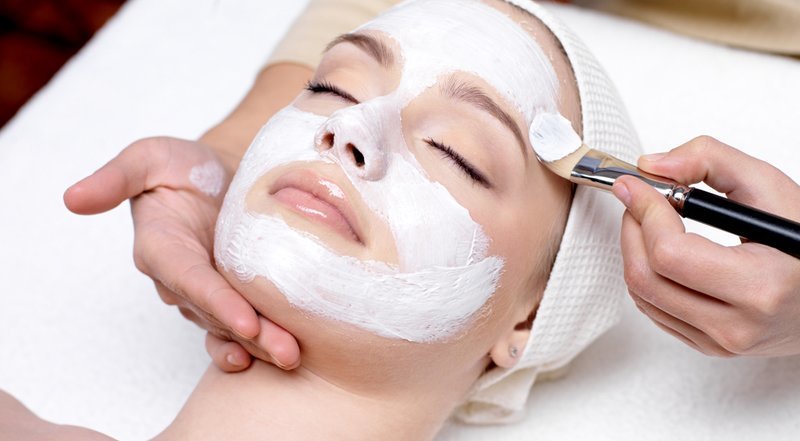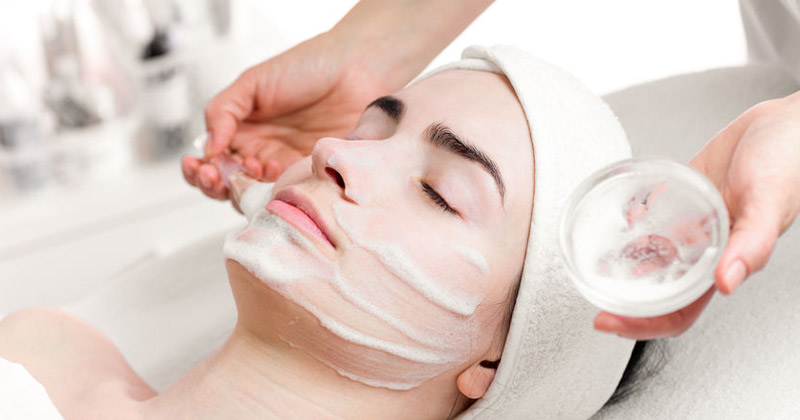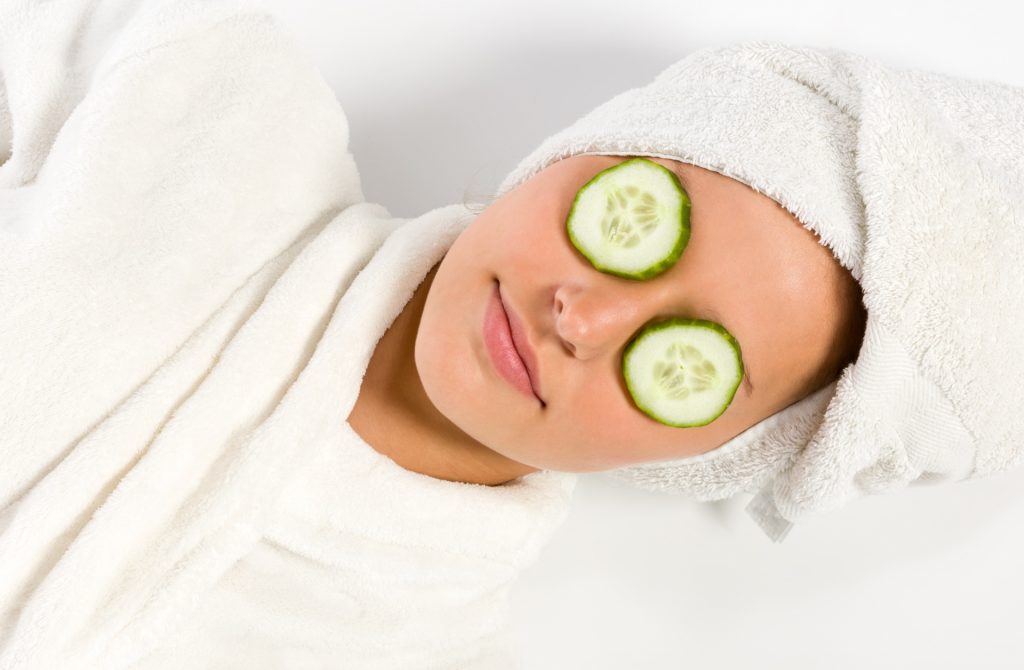Getting pampered is somehow the best feeling ever, getting face pampered is even better! I crave for those days when I used to go to have a facial done and come out lighter. Oh, the good days! Well, it is important for everyone to facial done as it tightens and tonifies the skin. Your tired skin could use a pick-me-up, but it can be tough to decide exactly which treatment to choose. I suggest starting with the basics. Read on for a bucket list of spa facial treatment classics for you to check off with each spa visit.

Not all skin types are the same, and you should understand your type before getting a facial. Remember that even the best facial treatment or facial wash can have an adverse effect on your face or body, if the wrong products are used. A simple example here would be using tea tree oil for very dry skin or almond oil for very oily skin. Tea tree oil helps reduce the secretion of oil and is ideally suited for oily skin. Almond oil on the other hand works wonders for nourishing dryness.
Hence, you should understand your type and then opt for acne facial treatments or facial treatment for sensitive skin. You can ask your beautician for advice on the same. The different types are listed below-
Normal Skin – Those who have normal skin are blessed, and almost all facial treatments turn out to get great for them. This type is characterized by skin, which is free from blemishes and acne. Such individuals can enjoy the benefits of the best facial treatments, and also use mild liquid or gel soaps. All kinds of moisturizing products can be used on the skin including avocado, macadamia, coconut, wheat germ, etc. They can also use products for slightly oily skin.
Dry Skin – With dry skin you have to make sure that a moisturizing facial is done. Else, you may experience flaky and chapped skin along with prominent scales. It is quite common to see your skin suffer from problems during the colder seasons. Hence get more of these best facial treatments during the winters. Using hot water makes the skin lose more moisture and hence facial using products like almond and jojoba oil or even olive oil is suggested.
Oily Skin – The best facial treatments for individuals with oily skin would be avoiding products with too much wax. Most people with oily skin have oilier T-zones, which is the region of the forehead and bridge of your nose. Hence, the best treatments for such individuals should be using tea tree oil, Aloe Vera, and other related products.

LED Light Therapy
Treats: Fine lines, sagging skin, acne
What is it? Light-emitting diodes (LEDs) give off heat-free light that passes through the skin to affect its deeper layers in different ways, depending on the light’s wavelength. Aestheticians shine the different kinds of light onto the face during sessions, which typically last anywhere from a few minutes to an hour and a half.
How does it work? Red light stimulates skin cells to produce collagen and elastin, two proteins that make skin look firmer. Blue light, on the other hand, kills acne-causing bacteria to prevent future breakouts and shrink pores.
How often can you get one? For optimal results, a series of treatments spaced a few weeks apart is recommended.
European Facial
Treats: Clogged pores, dull skin, blackheads, irritation
What is it? The European facial, a spa treatment staple, is the most common type of facial. It is designed to deep clean the skin and rid it of impurities on the surface.
How does it work? While there are variations, its components remain the same: cleansing, exfoliation, steam, extractions (typically optional), a massage, a soothing mask, and a moisturizer with sunblock.
How often can you get one? Every few weeks since it is recommended for simple skin upkeep rather than specialized care.
Oxygen Facial
Treats: Fine lines, sagging skin, imperfections
What is it? The oxygen facial became popular among celebrities for its ability to refresh the skin right before a red-carpet appearance. It instantly plumps and lifts skin, without the telltale redness of other facial treatments, so it is immediately ready for makeup application.
How does it work? An aesthetician uses an airbrush to spray pressurized oxygen and custom skincare serums onto the face. The oxygen supposedly boosts the skin’s intake of the anti-aging and moisturizing products, which can reduce the tiny flaws that might otherwise show up on camera.
How often can you get one? Every week. The oxygen facial’s effects are immediately apparent but tend to fade over the next few days.

Microdermabrasion
Treats: age spots, sun damage, blemishes, fine lines, stretch marks, acne scars, dullness
What is it? Microdermabrasion essentially buffs away the outermost layer of skin on the epidermis to expose the smoother, fresher cells underneath. The procedure evens skin tone and diminishes the appearance of fine lines. It also improves the skin’s absorption of lotions and creams.
How does it work? An aesthetician can perform microdermabrasion with one of two tools. One sprays small exfoliating crystals, while at the same time vacuuming them up along with the sloughed-off skin cells. The other uses a diamond-covered tip to scrub off that outer layer of skin.
How often can you get one? The treatment requires no downtime for recovery. Generally, once a month is recommended.
Chemical Peel
Treats: uneven pigmentation, sun damage, acne, fine lines
What is it? A chemical peel will use glycolic, lactic, or salicylic acid, or a combination, to treat skin. From most to least irritating. Glycolic acid targets fine lines, while lactic treats aging or sunspots; salicylic acid is a good choice for acne or oily skin. All peels are similar to microdermabrasion in that they remove the skin’s top layer of cells, albeit chemically rather than mechanically.
How does it work? An aesthetician brushes a solution onto the face, where it sits for up to 15 minutes before being washed off with water. The solution might cause a slight stinging sensation as it breaks apart the exposed skin layer. The end result is a clearer, more uniform skin tone.
How often can you get one? The skin might be red and somewhat flaky in the days following the procedure. However, these effects should not be severe. Peels should be spaced one to two months apart.
Apart from getting regular facials suited for your face and body type you should also use a facial wash formulated for your skin. A regular cleansing, toning and moisturizing routine along with regular facials are suggested. Keep in mind that with age your type also changes, and hence you should get it evaluated by a professional beautician like Shovi’s Beauty Lounge, once in a while.




Harry Camaro, thanks for Facial Treatments tips share, it,s very informative and helpful. I,m interested Health and beauty skin care tips.